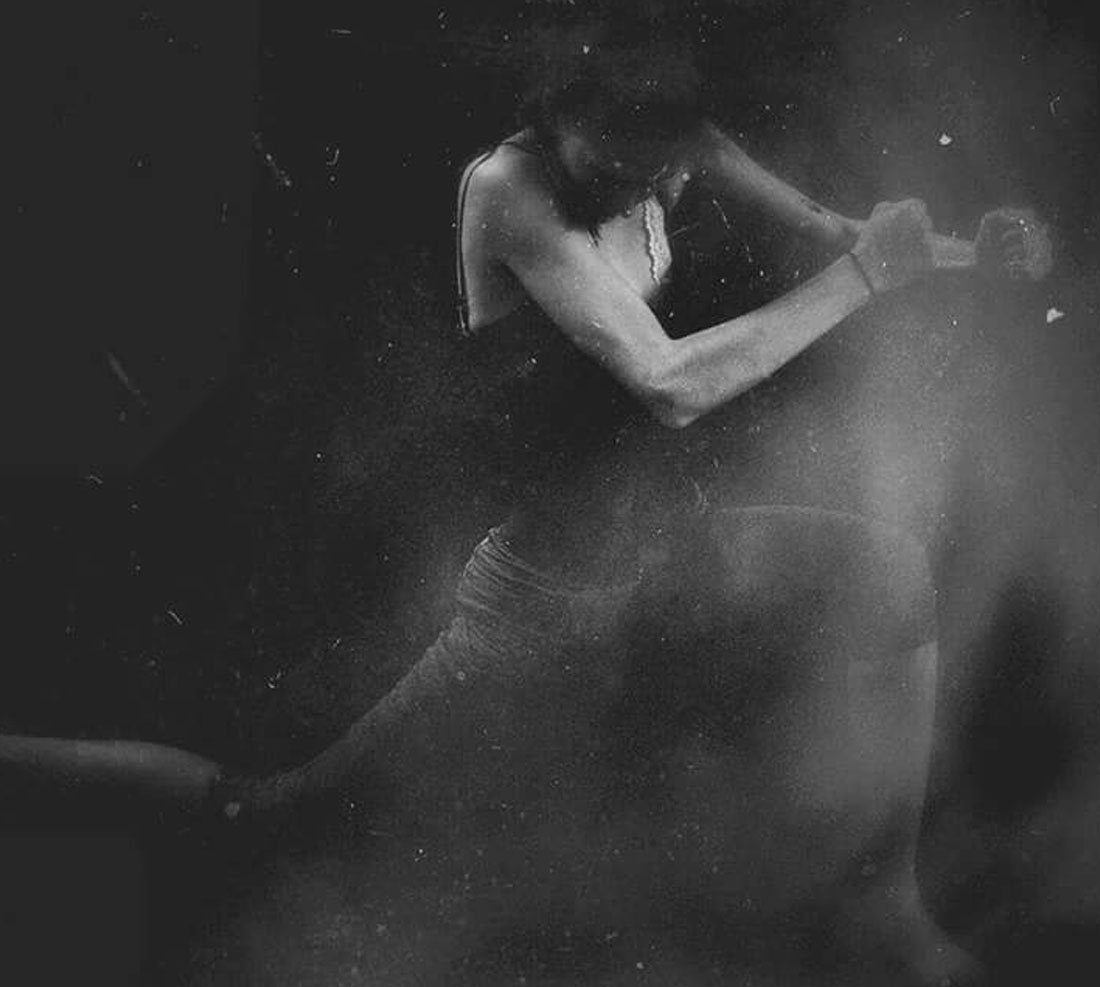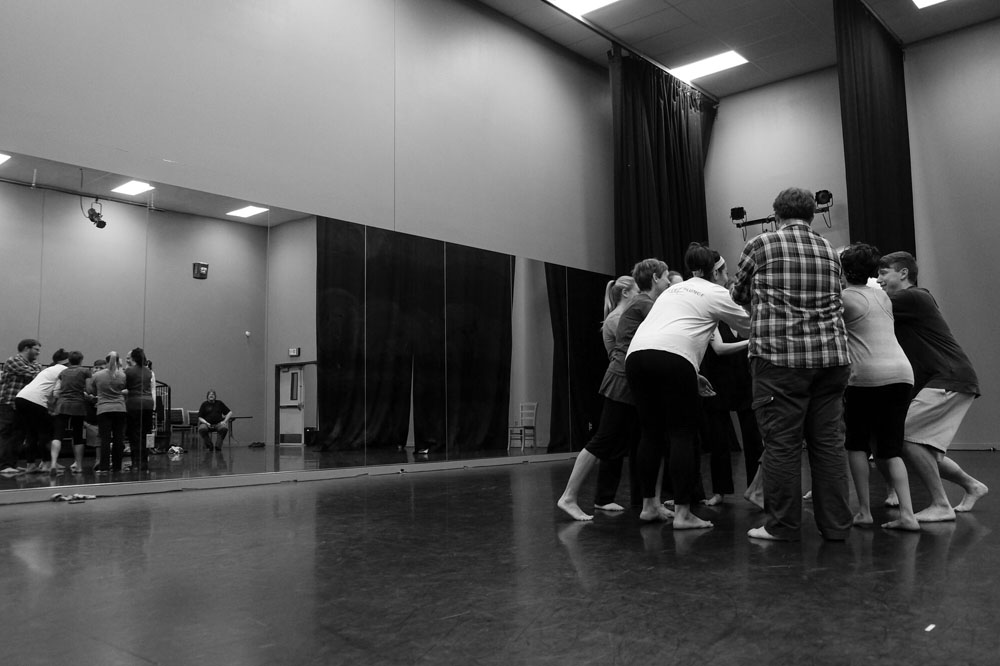
Vernacular Music Center
Arts Practice Research & Conference
arts practice research & Conference
The VMC, as sponsor of the biennial TTU Arts Practice Research Conference, is a leader in this growing field.
By definition, those who are engaged in making performances in real time are engaged in “interdisciplinary” research, teaching, and creative activity. A conductor, ensemble director, actor, or improviser makes critical decisions moment-by-moment in order maximize expressive impact. A performance requires real-time collaboration of artists, and equally importantly the presence and real-time collaboration of an engaged audience.
Dance and music, theater and music, theater and dance, design and theatre, vocal and instrumental music—all are participatory multi-modal, multi-sensory (hence interdisciplinary) art forms. In a “College of Visual and Performing Arts,” we teach young professionals how to make art by engaging them as collaborators in artistic creation.
To learn what makes a performance, from conception to memorization to design to rehearsal to the stage, we involve them in making performances. Such “real-time and immersive learning” is an apprenticeship in “arts practice”—the processes, techniques, skills, data-sets whose combination in real time yields the art object, or more accurately, the art experience.
In the arts, both performing and otherwise, this “arts practice research” entails creating the art object or experience, and then reporting, in a critical and analytical fashion, upon the processes and considerations that went into that creation. It’s what a poet earning an MFA does: write the poems, and then report upon the processes of their creation. It’s what a music composition student does: compose the “thesis project,” and then report upon the decisions and processes that led to that project.
But such “arts practice” is not limited only to poets or composers: every choral, orchestral, or band conductor, every jazz soloist, every improvising dancer or actor, every designer or costumer, engages in a critical, analytical, collaborative, real-time process, engaging and modeling it for students, in real time. If s/he is less commonly called upon to describe that process in the medium of scholarly writing, it does not mean that s/he could not if so called upon.
This synthesis of creativity activity and critical analysis, as “Arts Practice Research,” is a fast-growing topic within university curricula, both here in North America and abroad. These programs may differ in their language and definitions, but they share a conviction that both the creation and the analysis of an arts object (physical or processual) can be engaged by the same person, uniting the creator and the critic as part of one organic process.
They moreover share the conviction that arts practice is precisely the place in which Fine & Performing Arts faculty can unite research, teaching, and creative activity, across the disciplines.
Vernacular Music Center Staff
School of Music
-
Address
2624 18th Street | Box 42033 | Lubbock, TX 79409-2033 -
Phone
806.742.2274 -
Email
schoolofmusic@ttu.edu

